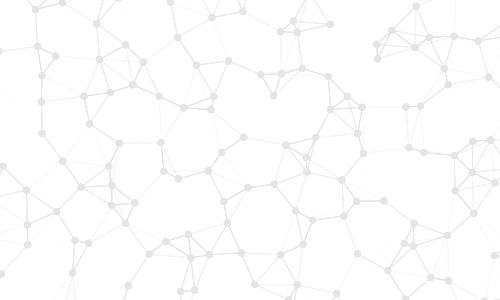Published June 6, 2025
Judges Scientific PLC: Geotek’s BoxScan Customer Workflow
inpractise.com/articles/judges-scientific-plc-geoteks-boxscan-customer-workflow
Executive Bio
Current Director at Tempest Minerals
Interview Transcript
Disclaimer: This interview is for informational purposes only and should not be relied upon as a basis for investment decisions. In Practise is an independent publisher and all opinions expressed by guests are solely their own opinions and do not reflect the opinion of In Practise.
This is a snippet of the transcript.to get full access.
I'll jump back to that, but first, from a consultancy perspective, you've witnessed many cases, projects, and clients. Are there any noteworthy client success stories or feedback about how having the BoxScan data has improved their project outcomes or understanding of their mine operations? Anything that wouldn't be feasible without it?
Everything is feasible without it, but with it, the manual part is eliminated. All the tools are industry standard and can be done manually, but our clients appreciate the efficiency. We provide them with a spreadsheet of the data, and they often say thank you, as it would have taken them months otherwise. We had a case study showing the efficiency, time, and cost saved by using the machine versus a person. It was substantial, with savings between 30% and 60%, depending on the use case.
This is a snippet of the transcript.to get full access.
When considering the use case for the machine, are there significant costs if you switch to another type, like TruScan or another competitive piece of equipment? Are there switching costs in terms of learning how to use it?
It would be very significant. There are two things to consider. One is that all the scanning options on the market today, that I'm aware of, are quite different. We discussed this on the last call. It's very difficult to directly compare them. If you're talking about TruScan, that's probably the closest to BoxScan, but it's still a long way behind. It only has two sensors, and they're not very good. It's designed by a drilling company, not by geoscientists. The other options don't have any real direct comparison because BoxScan uses existing tools. To my knowledge, all the other scanning techniques are custom, particularly hyperspectral ones, which don't have a direct comparison. They're like a niche tool. Does that make sense?
This is a snippet of the transcript.to get full access.
What do you mean?
For example, Core Scan just takes a big photograph and happens to pick up hyperspectral data. You can't use that data in any conventional way with mining software. You have to convert it into something else. It has a narrow scope. All of them have a very narrow scope of what they do, and the data you get from them is very niche. I'm not sure how to explain it better than that.
Free Sample of 50+ Interviews
Sign up to test our content quality with a free sample of 50+ interviews.
Or contact sales for full access
Related Content
© 2024 In Practise. All rights reserved. This material is for informational purposes only and should not be considered as investment advice.

